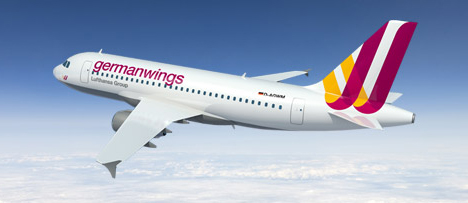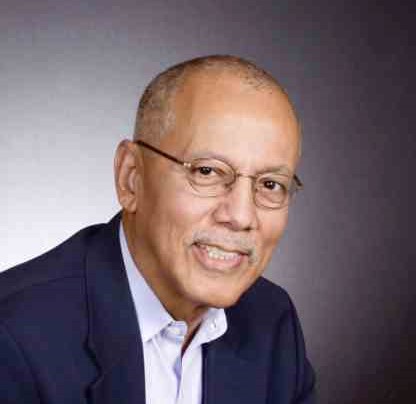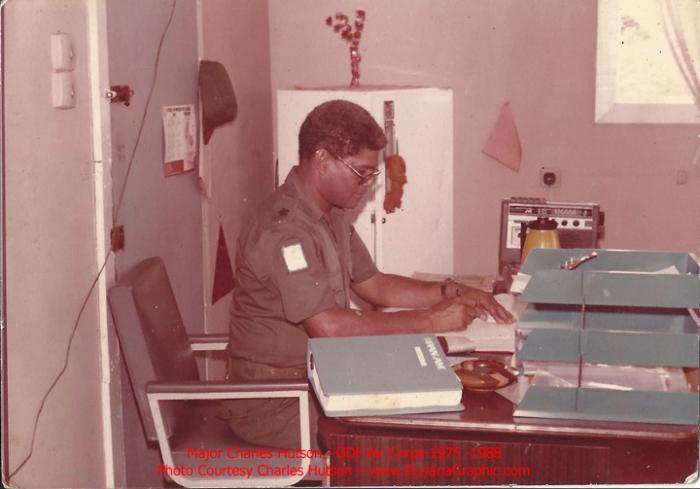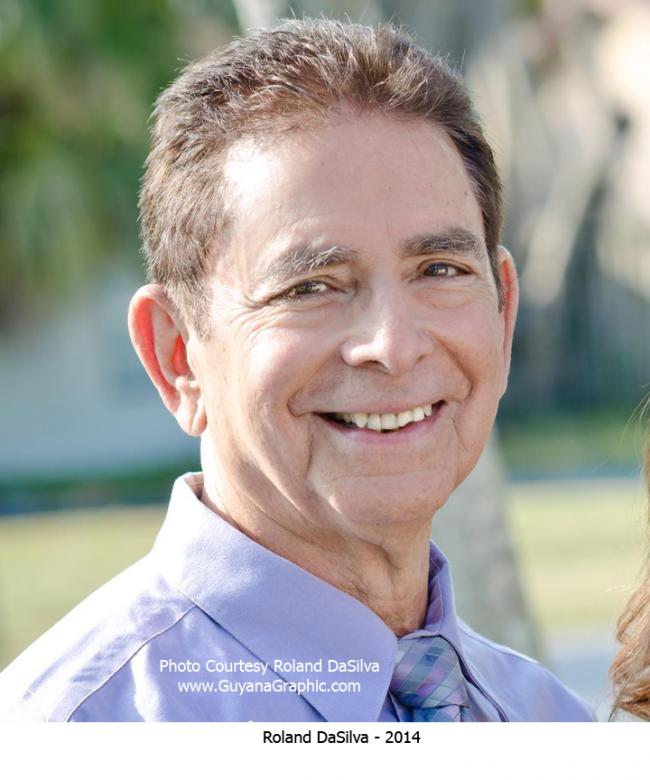
The recent air crash of Germanwings Flight 9525 where it is alleged that one of the crew members deliberately crashed the aircraft, brings to the forefront the debate about the direction of technology vs humans in the aviation industry.
Post 9/11, the aviation regulatory bodies mandated impenetrable cockpit doors and restricted access only to a select few with the ability of the occupant(s) of the cockpit to lock everyone else out.
In my opinion, the scenario where one person can decide to lock themselves on the flight deck of an aircraft, and no one else can get in, is very bad design and planning, especially in light of the readily available technology that can severely restrict access to areas using three-factor multi-party authentication, that are deployed in many secure operations
There is definitely no 100% foolproof method of preventing someone from taking control of an aircraft but, in the world of security especially in recent times, everyone is a potential “bad guy” and anyone can keel over and die without warning. Therefore mechanisms (physical, policy, and procedures) must be in place to ensure that no single person has the ability to take full control of an aircraft at the expense of the lives of passengers and crew and the loss of aircraft.
It is apparent that the aviation industry is moving in the direction where technology is replacing the pilot but we are at a hybrid stage. I believe the more holistic approach should be technology assisting and monitoring the pilot (e.g. autopilot). Based on heuristics, trends, patterns, and knowledge base, should the pilot become “rogue” or incapacitated, technology could then determine appropriate action.
Experts the world over have agreed that computers and technology are better at repetitive tasks than humans. Computers are so good at accessing in a detached and dispassionate manner what might be wrong and based on algorithms decide on the appropriate actions. When we give the type of complete control to human beings that allow one person to lock a door to vital equipment and with no way for others to get access to that equipment, we set ourselves up for disaster.
I believe we are at a crossroads where we have to institute procedures that take advantage of the best of the technology available and human intuition. We must allow the pilots to fly the aircraft and technology to assess their performance. Should the pilot’s actions venture outside the data stored in the system, the technology should then take control. This synergy and failover to reliable known configuration provide a pilot with hands-on experience and an aircraft that can compensate for human frailties, i.e. human elements and technology working in synchronous harmony, harnessing the best of both.
An example of where technology should have trumped the actions of the crew is when the pilot of Asiana Airlines flight 214 landed a perfectly good aircraft short of the runway; an “intelligent aircraft” should have analyzed the pilot’s action and seized control because it knows that the San Francisco runway was not where the pilot was attempting to land.
In the case of Germanwings Flight 9525, as far as we know at this time, all systems were functioning correctly and should have been able to run the algorithms using data from the FMS (Flight Management System) that was supplied by flight operations and usurped an attempt by the pilot to descend below the Ground Proximity Warning System threshold in a location that was not in the FMS. The autopilot should have then become the primary navigator/pilot.
The time for debate is over, now we must implement well thought out and well-constructed critical paths to air safety.







